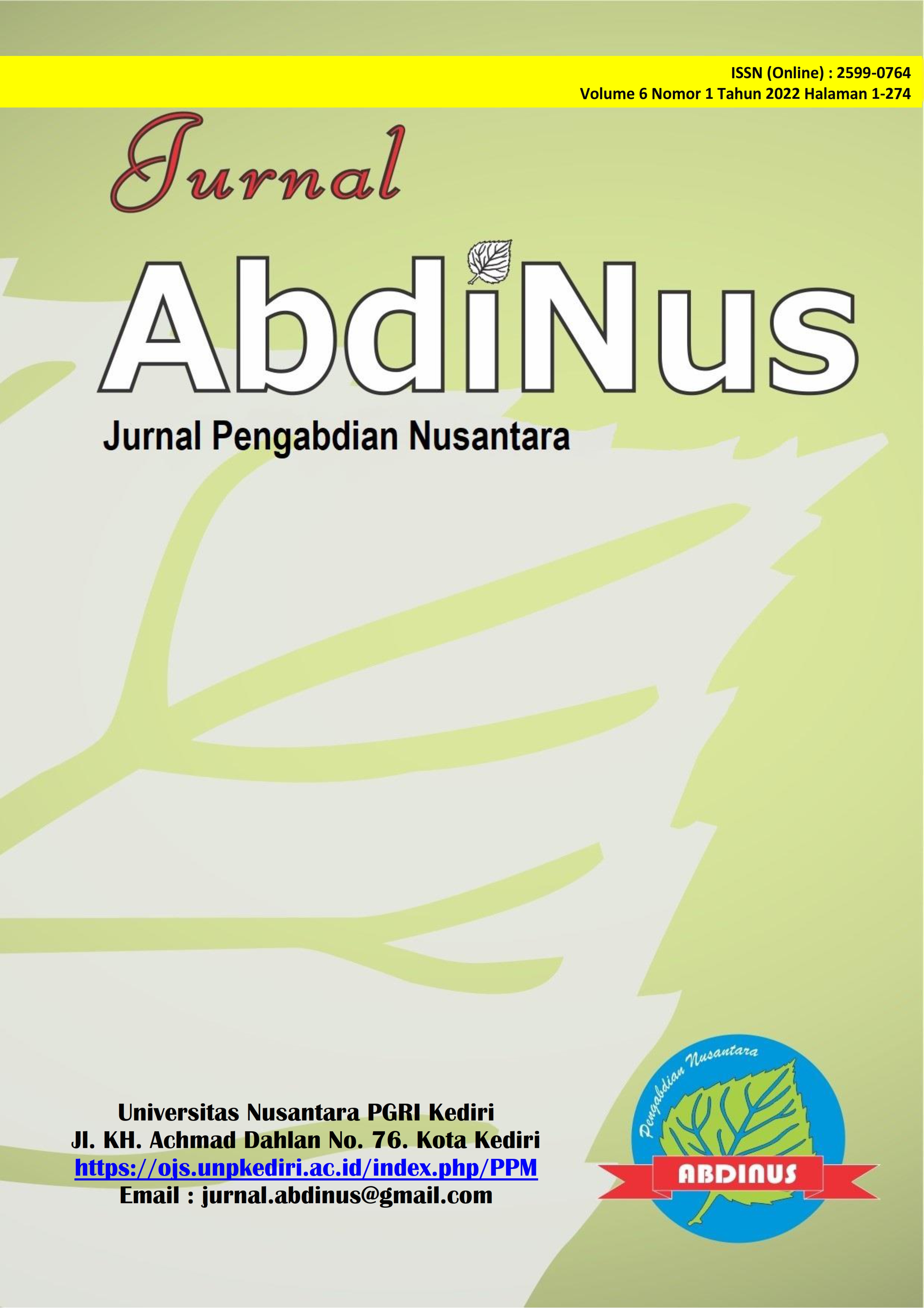Aplikasi Mesin Pengayak Arang Tempurung Kelapa Guna Meningkatkan Produktivitas Di UD. Arang Tempurung Blitar
DOI:
https://doi.org/10.29407/ja.v6i1.16742Keywords:
siever, Shell Charcoal, Electric Motor, OHSAbstract
UD Arang Tempurung is a trading business engaged in the production of coconut shell charcoal and coconut shell charcoal powder. The sieving system is driven by a combustion motor which results in an unstable rotation. This affects the sieve yield and requires skilled personnel for treatment. The filter material is made of a material that is less corrosion resistant. The next problem is that workers have not used personal protective equipment (PPE) while working so they are vulnerable to respiratory diseases due to a polluted work environment. To overcome these problems, the PkM team designed problem solving with the following stages: (1) Problem mapping, (2) Problem solving, (3) Tool development, (4) Tool socialization (5) Partner Productivity Monitoring Evaluation (6) Safety and Health Socialization Work (K3). The use of a sifter with an electric motor is proven to reduce operating costs by up to 90%. In addition to operational costs that can be reduced, operating time per 1.3 tons of production also experiences an efficiency of up to 20%. The knowledge of partners regarding the operation of tools and the application of K3 at work has also increased. This is indicated by the application of the use of PPE including masks when working. Partners have also paid attention to the placement and use of work tools better by considering K3 factors.
Downloads
References
Anem. (2014). (Online). Arang Tempurung Kelapa, Anim Agro Technology, https://animhosnan.blogspot.com/2014/11/arang-tempurung-kelapa. Accessed on October 13th 2021
Arang. (2020). (Online). (https://id.wikipedia.org/wiki/Arang), Accessed on January 24th 2021.
Budi, E. (2011). Tinjauan proses pembentukan dan penggunaan arang tempurung kelapa sebagai bahan bakar. Jurnal Penelitian Sains, 14 (4).
Ekalinda, O. (2009). Teknologi Pembuatan Arang Tempurung Kelapa. Laporan Hasil Penelitian. Balai Pengkajian Teknologi Petanian (BPTP), Riau.
Gnanaharan, R., T. K. Dhamodaran, E.K. Thulasidas. (1988). Yield and Quality of Charcoal from Coconut Stem Wood, Biomass, Vol. 16, pp. 251-256
Nustini, Y. dan Allwar A. (2019). Pemanfaatan Limbah Tempurung Kelapa Menjadi Arang Tempurung Kelapa dan Granular Karbon Aktif Guna Meningkatkan Kesejahteraan Desa Watuduwur, Bruno, Kabupaten Purworejo. AJIE - Asian Journal of Innovation and Entrepreneurship. Vol. 04 (03) pp 217-226.
Panwara, N.L., S.C. Kaushik, Kothari, Surendra. (2011). Role of renewable energy sources in environmental protection: A review, A Renewable and Sustainable Energy Reviews, Vol. 15, pp. 1513-1524
Prabhakar, K., R. C. Maheshwari, O. P. Vimal. (1986). Pyrolysis of Coconut Shell and its Potential as Fuel, Agricultural Wastes, Vol. 17, pp. 313-317
Santoso, F. (2009). (Online). Arang Batok Kelapa Beromzet Miliaran Rupiah, Kompas, https://nasional.kompas.com/read/2009/11/02/08263735/Arang.Batok.Kelapa.Beromzet.Miliaran 2. Accessed on October 13th 2021















